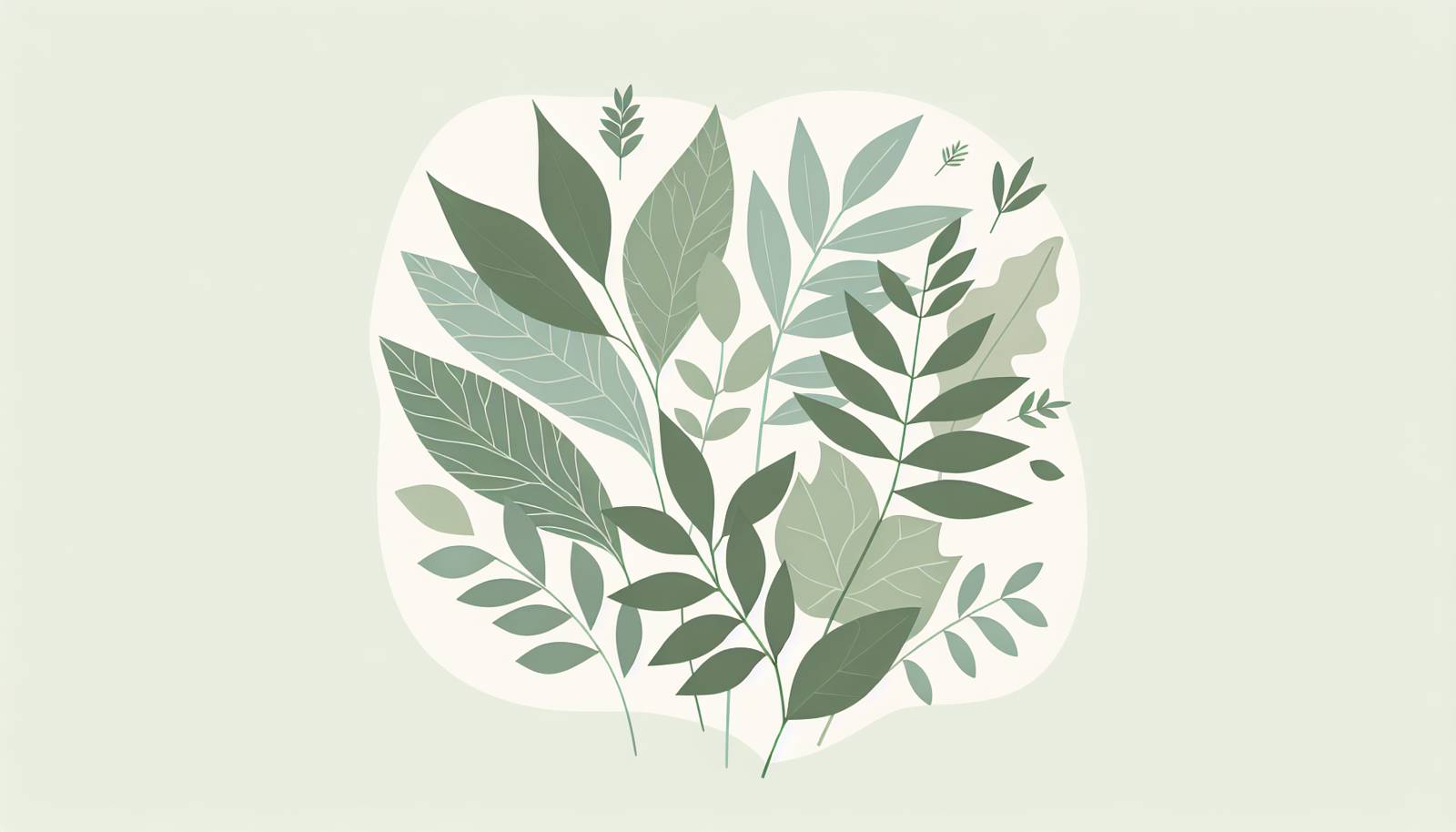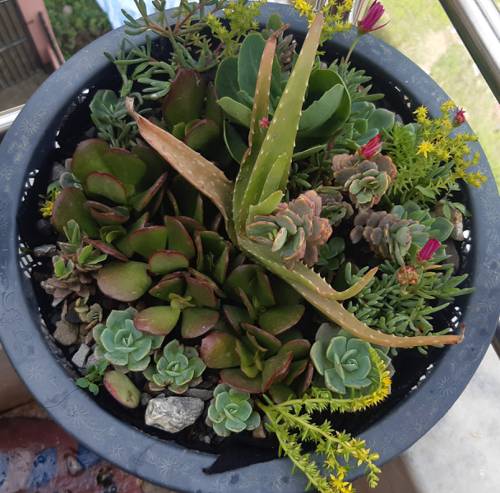
FAQ About Sustainable Practices for Indoor Plant Growth

What are sustainable practices for indoor plant growth?
Sustainable practices for indoor plant growth involve using methods that reduce environmental impact and promote eco-friendly care. This includes reducing water usage through efficient watering techniques, recycling nutrients by composting, and using biodegradable pots and materials. Additionally, selecting native and low-water plants can further help conserve resources.

How can I reduce water usage when caring for indoor plants?
To reduce water usage for indoor plants, consider using self-watering pots, watering globes, or monitoring soil moisture levels to avoid overwatering. Utilizing rainwater collection systems for watering can also save treated water. Additionally, select plants that require less water for their growth such as succulents and cacti.

Can I recycle nutrients for my indoor plants?
Yes, you can recycle nutrients for your indoor plants by creating a compost using kitchen waste like vegetable peels, eggshells, and coffee grounds. Worm bins can also act as an effective way to convert organic waste into nutrient-rich vermicompost, which can then be used to fertilize plants naturally.

What biodegradable materials are suitable for indoor plant care?
Biodegradable pots made from coir, peat, recycled paper, or bamboo are excellent choices for indoor plant care. These materials decompose over time, reducing landfill waste. Additionally, natural fertilizers such as fish emulsion, kelp meal, or bone meal can be utilized to support plant health sustainably.

How can I improve air quality using indoor plants?
Indoor plants can improve air quality by absorbing pollutants and emitting oxygen. Plants like snake plant, pothos, and peace lily are known for their ability to clean indoor air. Ensuring that plants are healthy and well-maintained further enhances their capacity to filter air effectively.

What are some low-water indoor plants I can consider?
If you're looking to conserve water, consider low-water indoor plants such as succulents, cacti, ZZ plants, and snake plants. These plants are adapted to dry conditions and require less frequent watering, making them ideal for sustainable indoor environments.

How can composting benefit indoor plant growth?
Composting provides a natural way to enrich soil with nutrients, improving plant growth and reducing the need for chemical fertilizers. It also promotes healthy soil microorganism activity, enhances soil structure, and supports sustainable plant care practices by making use of kitchen and garden waste.

Is it possible to use recycled materials for indoor plant containers?
Yes, recycled materials like old glass jars, tin cans, or wooden boxes can be creatively repurposed as plant containers. Not only does this reduce waste, but it also adds a unique aesthetic to your indoor garden. Ensure these containers have adequate drainage to support plant health.

What are some eco-friendly fertilizing methods for indoor plants?
Eco-friendly fertilizing methods include using organic or homemade fertilizers. Examples include fish emulsion, compost tea, or diluted vinegar for acid-loving plants. These methods enrich soil naturally and reduce dependency on chemical fertilizers that may harm the environment.

How does permaculture apply to indoor plant care?
Permaculture principles focus on designing spaces that mimic natural ecosystems, emphasizing sustainability. In indoor plant care, this can mean creating plant communities that support each other, such as companion planting and using natural resources efficiently to minimize waste and energy usage.

Can I use rainwater for indoor plants?
Yes, collecting and using rainwater for watering indoor plants is a sustainable practice. Rainwater is naturally soft and free of chemicals found in tap water, making it beneficial for plant growth. Ensure your collection method is safe and clean to prevent contamination.

What are the benefits of using native plants indoors?
Native plants are naturally adapted to the local climate and soil conditions, requiring less water and maintenance. Indoors, they offer similar benefits by being more resilient to indoor growing conditions and contributing positively to the local ecosystem.

How can indoor plants contribute to energy savings?
Indoor plants can contribute to energy savings by adding humidity and cooling the air, potentially reducing the need for air conditioning. Strategic placement of plants can also help stabilize indoor temperatures by providing shade and reducing direct sunlight exposure.

What natural pest control methods are available for indoor plants?
Natural pest control methods include using neem oil, insecticidal soap, or introducing beneficial insects like ladybugs to manage pest populations. These alternatives minimize the use of chemical pesticides, making them safer for both plants and humans.

What is the role of LED lighting in sustainable indoor plant growth?
LED lights are energy-efficient and have a long lifespan, making them ideal for sustainable indoor plant growth. They provide a full spectrum of light that can be adjusted to support various stages of plant development, reducing both energy consumption and environmental impact.

Can indoor plants be part of a zero-waste lifestyle?
Yes, indoor plants can be part of a zero-waste lifestyle by using recyclable materials for planting, composting plant waste, and selecting low-maintenance plants that require fewer resources. These practices help minimize waste and promote resource conservation.

How can indoor gardening affect local biodiversity?
Indoor gardening with native and diverse plant species can support local biodiversity by providing habitats and food sources for pollinators. Creating a small ecosystem indoors can contribute to the overall health and diversity of local flora and fauna.

What is the environmental impact of using chemical fertilizers indoors?
Using chemical fertilizers indoors can contribute to soil degradation, water pollution, and harm beneficial microorganisms. Switching to organic or natural fertilizers reduces these environmental impacts and supports a healthier indoor growing ecosystem.

How does sustainable indoor plant care support mental health?
Sustainable indoor plant care can support mental health by offering relaxation, reducing stress, and increasing overall well-being. Engaging with plant care fosters a deeper connection with nature, which can be therapeutic and promote mindfulness.

What are the best practices for starting a sustainable indoor plant garden?
To start a sustainable indoor plant garden, begin by selecting the right location with adequate light, using native or low-water plants, implementing efficient watering techniques, and opting for recycled or biodegradable containers. Incorporate natural fertilizers and pest control methods to ensure an eco-friendly garden environment.
